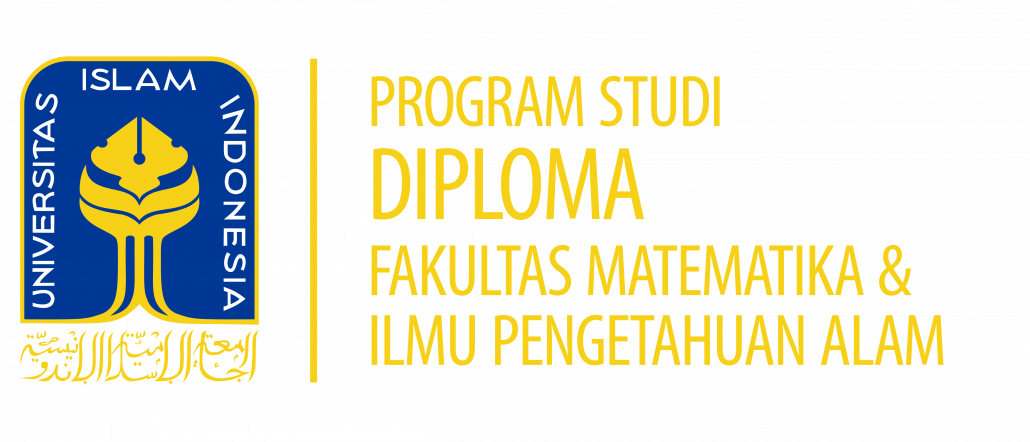THE IMPORTANCE OF LABORATORY MANAGEMENT
 The aim of management is to provide guidance for laboratory personnel to be able to carry out assigned tasks within limited time and resources. This includes the management of consumables, equipment, design of work procedures or SOPs, supervision of daily activities, training of existing and new personnel and if possible also related to obtaining grants or assistance from external parties.
The aim of management is to provide guidance for laboratory personnel to be able to carry out assigned tasks within limited time and resources. This includes the management of consumables, equipment, design of work procedures or SOPs, supervision of daily activities, training of existing and new personnel and if possible also related to obtaining grants or assistance from external parties.
The management of the service laboratory is intended to provide adequate service to customers, so that customers can feel satisfied with the services provided in the laboratory. Forms of service that can satisfy customers include speed of test results, clarity of interpretation of analytical data, ease of access to information and financing that is comparable to service. Management involves the integration and coordination of various resources contained within the organizational structure. It aims to see the effectiveness of the performance of laboratory staff to carry out their duties in accordance with their respective authorities and responsibilities.
The laboratory must be managed properly to prevent the occurrence of various possible accidents due to work. Various potential hazards that exist in chemical laboratories include the danger of explosive or flammable chemicals. Microbiology laboratories have the potential to cause people to be exposed to various microorganisms such as bacteria or viruses. Laboratories that use a lot of electronic equipment have the potential for an electric short circuit that can result in a fire.
The laboratory is a place to conduct research or research. Research produced in the laboratory can be developed into a mass product that has various values such as economic value, aesthetics, and ergonomics. Universities that have the responsibility of tri dharma where the second dharma is research, then universities must always carry out research. Research carried out in universities is carried out by lecturers and students independently or is a collaboration between the two. The results of the research can then be made in the form of a written manuscript using scientific principles and published in journals, both national journals and reputable international journals.
For students to hone their skills, a laboratory is needed to carry out practical activities. The practicum material presented to students is in the form of modules that have been tested, so the success rate of analytical testing during practicum must be very high. Students who often practice in the laboratory will improve their technical competence, so that students can be more adaptive when doing the same practice during the Field Work Practice. On the other hand, more student skills or skills can increase high self-confidence when graduating from college and applying for jobs.
Laboratory development can be used to raise public awareness related to scientific knowledge. The laboratory is designed in such a way that it can become part of educational tourism or edu tourism that has the potential to arouse the interest of the younger generation to study science. The concept can be done by making the laboratory space transparent so that anyone can see or witness the activities and equipment or instrumentation in the laboratory.
Laboratory managers can take advantage of the facilities they have to generate income. This kind of laboratory is directed to gain recognition through accreditation obtained from the accreditation body in a country. Especially in Indonesia, the institution that has the authority to carry out accreditation is the National Accreditation Committee (KAN). The most basic thing about a service laboratory is the existence of quality control and assurance in every testing process it performs. The reference used by laboratories in carrying out quality control and assurance activities is ISO 17025 which contains various general requirements for testing laboratories and calibration laboratories consisting of 5 requirements, namely general, structural, resource, process and management system.
Laboratory management is also related to the management of human resources in it. The core personnel in the laboratory consist of at least three, namely the leader, the implementation of activities and the administration section. The laboratory leadership element can be one or more depending on the capacity of the activities it performs. If a laboratory has a lot of activities, then the laboratory leadership element can be more than one person, but if the form of activity is not too many then the laboratory leadership can be one person. Likewise with the executor of activities or the administration. Mention of personnel who have the task of carrying out various kinds of laboratory activities, such as analysts, technicians, laboratory assistants and laboratory testing personnel.
The results of tests carried out by laboratories have a huge impact on various sectors or fields. An example of an environmental sector that needs to involve testing in a laboratory is related to various environmental pollutants such as soil, water and air. There are also many cases of environmental pollution confirmed through laboratory testing in Indonesia, such as mercury pollution in Buyat Bay (Lutfiah, K, 2011), batik waste disposal into rivers (Paramnesi and Riza, 2020) or chromium metal pollution which is included in the heavy metal category or B3 (Rahardjo and Prasetyaningsih, 2021) and many others.
Thorikul Huda, S.Si., M.Sc.
Pustaka
Paramnesi, P. A., & Reza, A. I. (2020). Dampak Pencemaran Limbah Batik Berdasarkan Nilai Kompensasi Ekonomi di Hulu dan Hilir Sungai Asem Binatur. Kajen: Jurnal Penelitian dan Pengembangan Pembangunan, 4(01), 58-72.
Lutfillah, K. (2011). Kasus Newmont (Pencemaran Di Teluk Buyat). KYBERNAN: Jurnal Ilmiah Ilmu Pemerintahan, 2(1), 17-29.
Rahardjo, D., & Prasetyaningsih, A. (2021, December). Pengaruh Aktivitas Pembuangan Limbah Cair Industri Kulit Terhadap Profil Pencemar Kromium di Lingkungan serta Moluska, Ikan dan Padi Di Sepanjang Aliran Sungai Opak Bagian Hilir. In Prosiding Seminar Nasional Unimus (Vol. 4).


